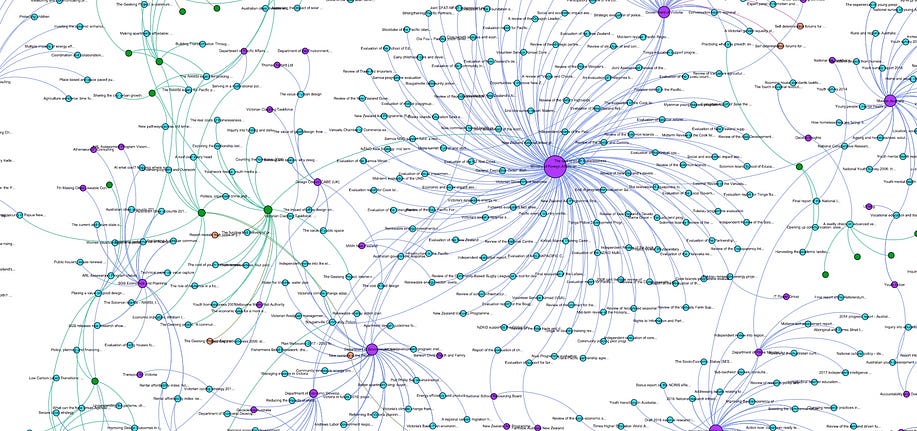
I sip slowly from the information firehouse that is my cornucopia of industry newsletters, RSS feeds, and Google Scholar updates on new publications in the flow battery landscape. There’s not enough time to give everything a proper read, and often if I see something useful I just file it away in Zotero for it to collect digital dust.








